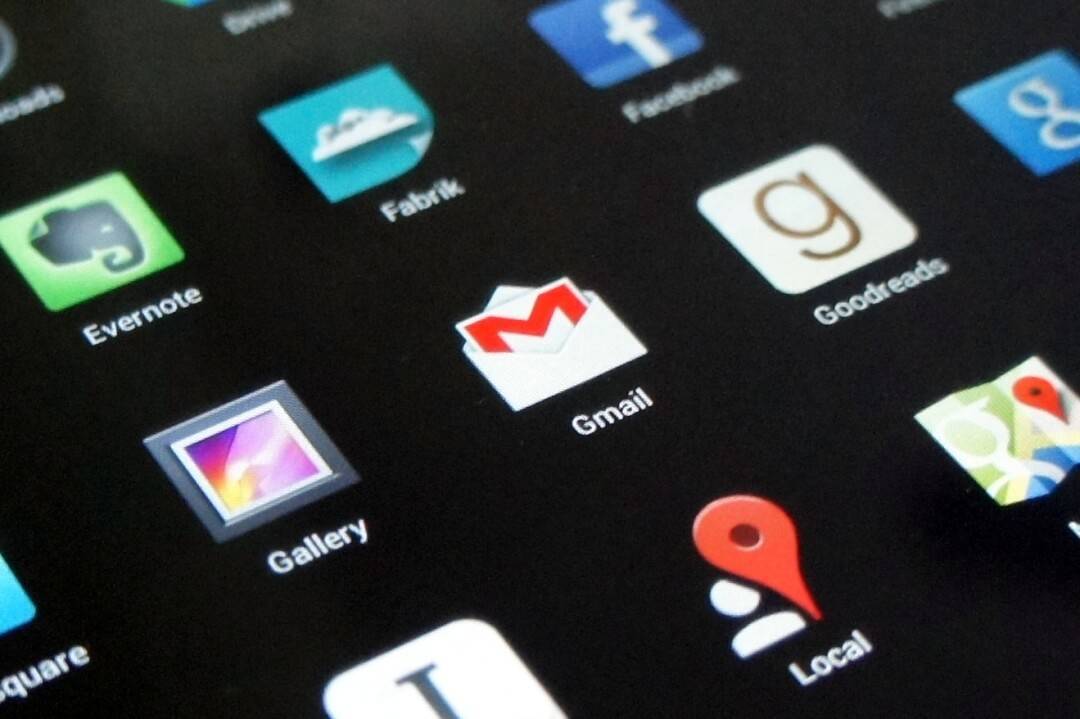The smartphone and tablet market is dominated by Apple’s iOS and Google’s Android operating systems. Globally, iOS and Android combine for 28.3 percent of the mobile market, and each continue to increase their market share while other mobile operating systems are slowly declining in popularity. The Android operating system and Apple’s iOS have increased their market share through completely different business models, visions and applications, proving that both the smartphone and tablet markets have a diverse customer base.
Originally designed for Apple’s iPhone and released in the summer of 2007, Apple’s iOS now runs on several different Apple products, including two different generations of the iPad, several different generations of the iPhone and finally the iPod Touch. From its inception, Apple’s iOS has been a closed-system by design. The operating system itself only appears on Apple products and its user interface and technical design is tightly woven into the design of the Apple hardware which it runs on. Apple’s vision has always been that of an easy-to-use mobile operating system that works flawlessly solely with Apple’s hardware. Apple’s iOS can be lightly customised by changing the standard background wallpaper and ringtones, however Apple remains in full control of their underlying software and does not allow iOS users to change the code or modify iOS in any other way.
Apple’s App Store is Apple’s iOS marketplace. Originally, the App Store only served iPhone users with apps, but with the development of the iPad and iPod touch, the App Store has grown to encompass them and now serves apps for three different device families with several generations of devices in each. Any app developer who signs up for the Apple Developer Program can send an app to the App Store where it will be evaluated, and providing it meets Apple’s stringent quality process, will be placed for sale in one of several App categories. The latest statistics state that Apple’s App Store has over 350,000 apps for sale and has served over 10 billion downloads to date.
Unlike Apple’s iOS, Google’s Android operating system is used on smartphones and tablets manufactured by several different companies. Google’s Android operating system currently has a 14.5 percent global mobile OS market share, compared to the 13.8 percent for iOS. Due to Android’s use on several different manufacturer devices, it is expected to grow faster than any other mobile operating system over the next few years.
Google’s Android operating system was created by Google to grow the company’s advertising platform. Pure and simple. Google makes most of its profits through their advertising network, Google Adwords. As Google expands into new markets, such as the mobile market, it allows Google to build up their potential customer base for advertising targeting, providing a new audience to view their ads. For this reason, Google’s Android operating system is completely open and allows any company to use the software and modify it accordingly. The Android operating system is considered the “favorite of nerds” because the operating system is fully customizable, including the core of Android’s code-base. Some tech savvy people view iOS as a “dumbed down” mobile operating system when compared to Android operating system however given the different end goals each company is aiming for, these comparisons from both sides of the fence are inevitable.
The Android Market is the interface used to sell apps for Android operating system and is similar to the Apple App Store. The latest available statistics state that the Android Market has 294,000 available apps and 3 billion downloads to date. Getting an App accepted to the Android Market is easier than getting one accepted to Apple’s App Store due to the lack of any formalised quality checking by Google. This approach has brought criticism to Google by people claiming that the app quality in the Android market is lower than the app quality in Apple’s App Store, however there have been recent cases of Google withdrawing apps from the Android Marketplace due to quality and violation of terms.
Both smartphone platforms and app stores / market places have their place, and in most respects are very similar. Companies wishing to provide mobile versions of their products and services should consider both platforms, however the target audience of each, and the ultimate aim of both Apple and Google, needs to be considered when choosing which products and services to deploy on each.
Share this
Subscribe To Our Blog
You May Also Like
These Related Stories

5 Controversial Apps Available Now

Why Google Goggles May Save Augmented Reality





